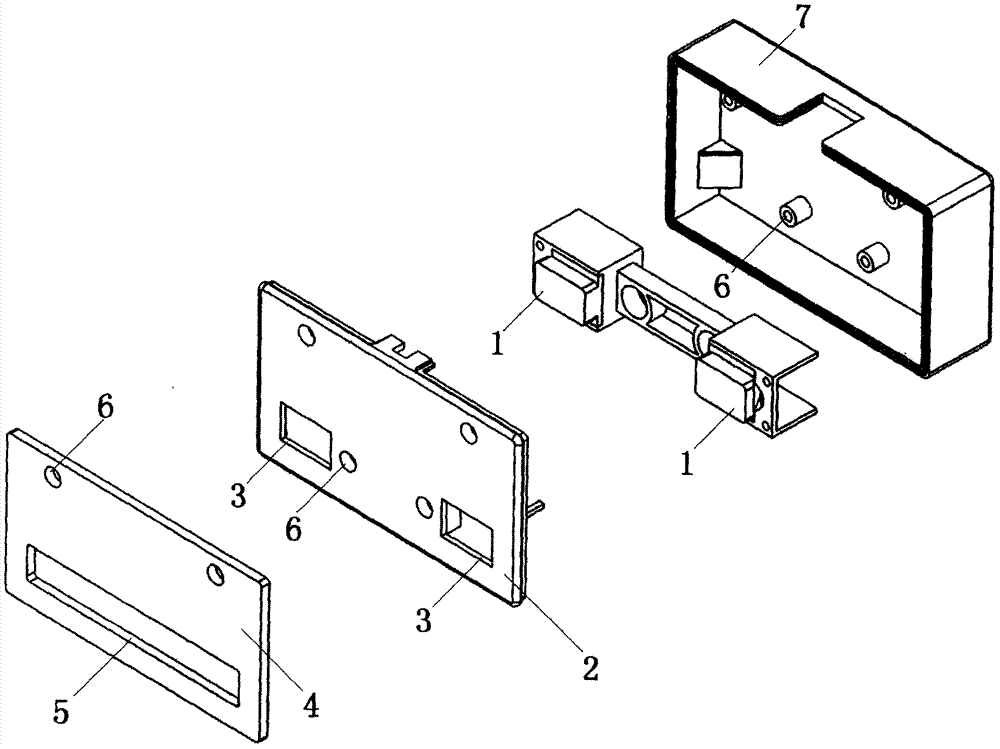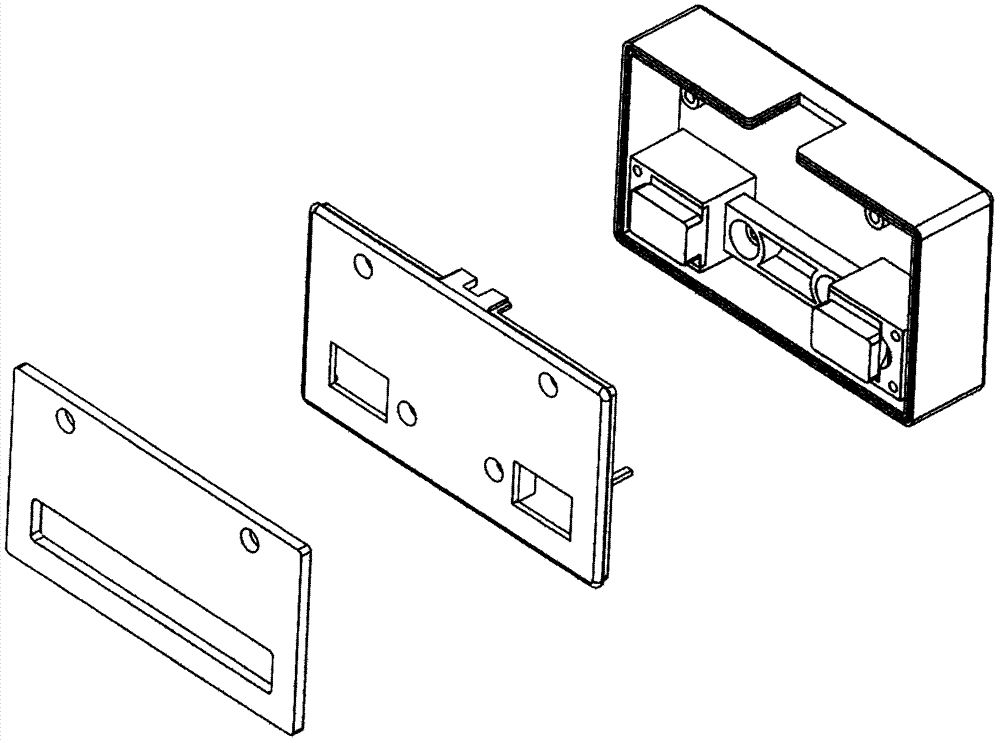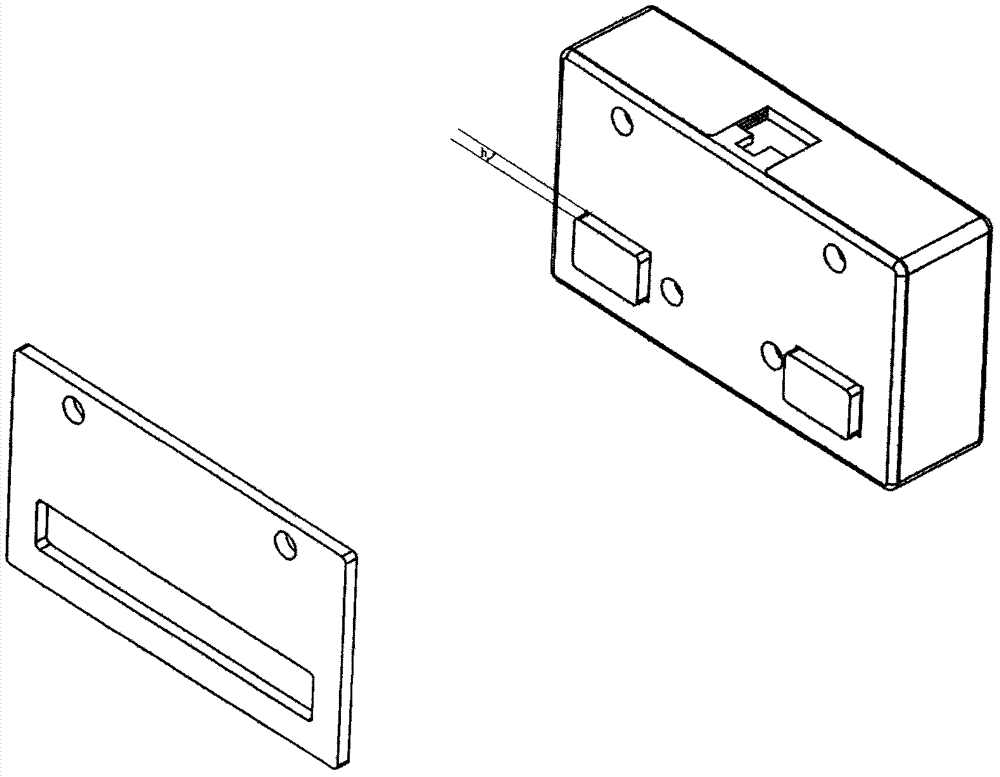Anti-fog photoelectric multiple waveguide rain sensor
A rain sensor, photoelectric technology, applied in instruments, measuring devices, scientific instruments, etc., can solve the problems of easy fogging of glass, affecting the optical path, and malfunction of wipers, so as to avoid malfunction of wipers and prevent fogging. Effect
- Summary
- Abstract
- Description
- Claims
- Application Information
AI Technical Summary
Problems solved by technology
Method used
Image
Examples
Embodiment
[0016] In the figure, 1 is a flexible lens; 2 is a mounting plate, 3 is a lens hole, 4 is a cushion, 5 is a through groove, 6 is a mounting hole, 7 is a bottom box, and 8 is a windshield.
[0017] Such as figure 1 and figure 2 As shown, the flexible lens 1 is fixed by a positioning frame and installed in the bottom box 7 .
[0018] Such as image 3 As shown, the mounting plate 2 is installed on the bottom box 7 again. At this time, the two flexible lenses 1 are just located in the two lens holes 3, and the front plane of the flexible lenses 1 protrudes from the plane of the mounting plate 2, and the height difference is h.
[0019] Such as Figure 4 As shown, the cushion 4 (with a thickness of h±1mm) is pasted on the front plane of the mounting plate 2 , and the through groove 5 accommodates the two flexible lenses 1 and the area between the two flexible lenses 1 . Then screw it into the mounting hole 6 with set screws, so that all parts become an assembly.
[0020] Suc...
PUM
 Login to View More
Login to View More Abstract
Description
Claims
Application Information
 Login to View More
Login to View More - R&D
- Intellectual Property
- Life Sciences
- Materials
- Tech Scout
- Unparalleled Data Quality
- Higher Quality Content
- 60% Fewer Hallucinations
Browse by: Latest US Patents, China's latest patents, Technical Efficacy Thesaurus, Application Domain, Technology Topic, Popular Technical Reports.
© 2025 PatSnap. All rights reserved.Legal|Privacy policy|Modern Slavery Act Transparency Statement|Sitemap|About US| Contact US: help@patsnap.com



